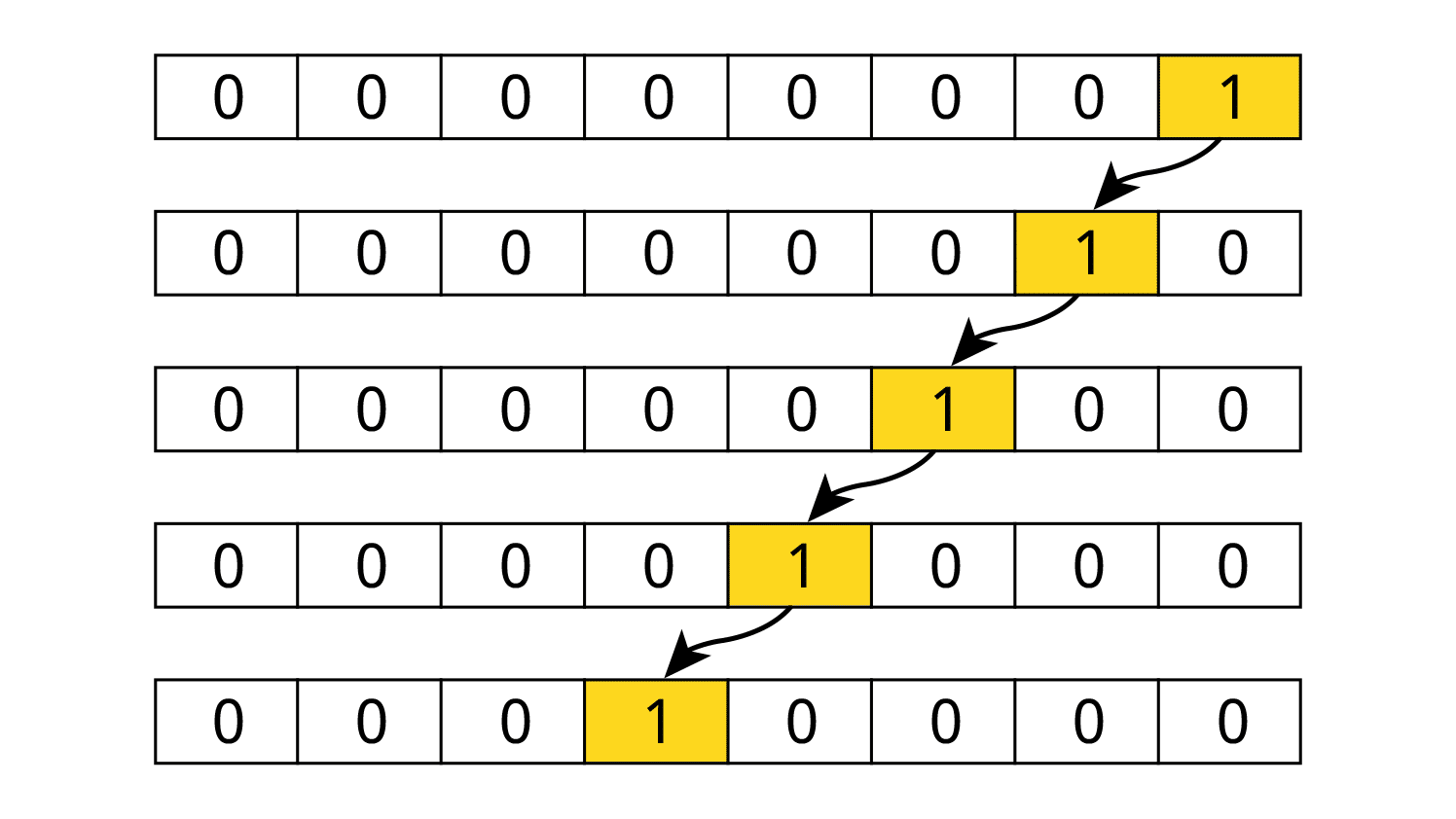
#Parallel to serial converter quartus series
From the perspective of points A and B in the above, both circuits will result in identical behaviour.Įmploying topology conversion techniques such as Parallel to Series RL circuit conversion, Delta-Wye conversions for resistor networks, or simple Source Transformations (converting current sources with parallel resistances to voltage sources with series resistances) is a common simplification tactic that can be extremely helpful in circuit reduction and analysis at a technician level. Step 4: Redraw the circuit in a series configuration using the arrived at component values for the inductor and resistor.Ĭorrectly employing the above steps will result in a series representation of a parallel RL circuit that behaves identically with respect to voltage, current, and the phase relationship between them. Use L = XL / ( 2 * Pi * freq ) to obtain the inductor value. Step 3: Calculate the required inductor value that will provide the appropriate series inductive reactance for a given frequency. Step 2: Calculate the equivalent inductive reactance Xs Step 1: Calculate the equivalent resistance value Rs In the series format, it is simply a matter of addition when calculating total inductive reactance, total resistance to get to overall impedance.īelow are the basic equations for creating a series representation of a given parallel RL circuit. Reducing such a mixed topology network down to a few inductors and resistors in series greatly simplifies calculating overall resistance and inductance in a given circuit or network. This conversion approach or technique can be especially helpful when working with circuits having multiple resistors and inductors in mixed series/parallel configurations.

The use of conductance, susceptance, and admittance instead of resistance, reactance, and impedance, can often cause confusion or uncertainty when working with these lesser employed units.


One of the issues encountered by technicians who are working with parallel RL circuits is the need to work with values that are the reciprocals of the more commonly used standard units. In the fourth part of our series on Tips For Practicing Technicians, we look at a simple technique that can be used to simplify circuit analysis when working with series and parallel RL circuits.


 0 kommentar(er)
0 kommentar(er)
